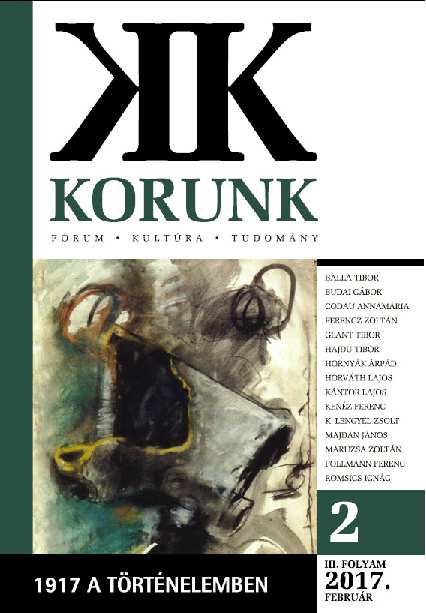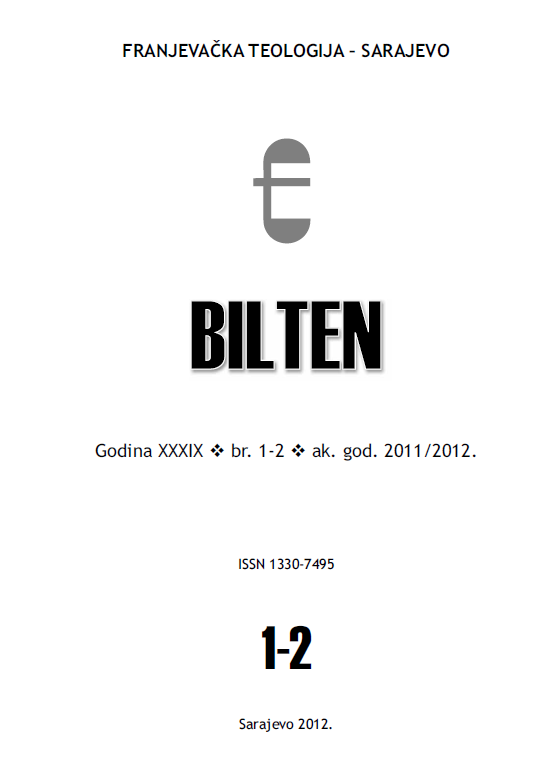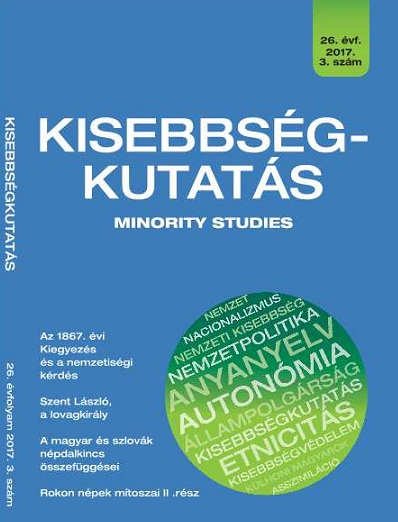Author(s): Tibor Hajdú / Language(s): Hungarian
Issue: 02/2017
The 1917 “February” Russian Revolution started as a spontaneous revolt of Petrograd people, it was not “prepared” by anybody being rather a surprise for everybody. The socialist leaders convened the Petrograd Soviet only after the revolt, and sent the moderate socialist Kerensky into the Provisional Government, to represent there the Soviet. The Government was formed by the Duma. Thus, a dual power existed, at least until July. During April-May, the Soviet parties collaborated from the Bolsheviks to Kerensky. The Revolution had two different aims – ending the war, and establishing democracy and a constitutional Republic. For the people and the soldiers, peace stood on the first place. Foreign Minister Miliukov, in his note of May 1, assured the Allies that Russia's war policy remained as before. The Petrograd and Moscow workers and soldiers went on the streets with the slogan: “Down with Miliukov!” On May 18, the Cabinet was transformed: Miliukov resigned, Kerensky got the War Ministry, and the Socialists received six portfolios. Kerensky, after declaring that Russia has no territorial or other war aims, started a new offensive on the fronts. Thus, Kerensky lost the sympathy of both sides: the Generals kept to the Allies and the secret treaties, the Left demanded peace immediately, and the soldiers didn’t understand why they should fight without war aims. The Kerenskyoffensive collapsed in July. On July 3 and 4, the Petrograd soldiers’ armed demonstration against the Kerensky-offensive collapsed too. They were influenced by the Bolshevik agitation, but the latter were not ready yet to lead them to a risky coup d’état. Kerensky arrested some Bolshevik leaders, and on July 21 formed a new Cabinet, which convened the Constitutional Assembly, but it was soon late: on November 7, the Soviet seized power, preventing the Assembly elections. This move was of course contrary to the classical principles of democracy. There was no real majority on either side – instead a civil war was started, which lasted for three years.
More...






